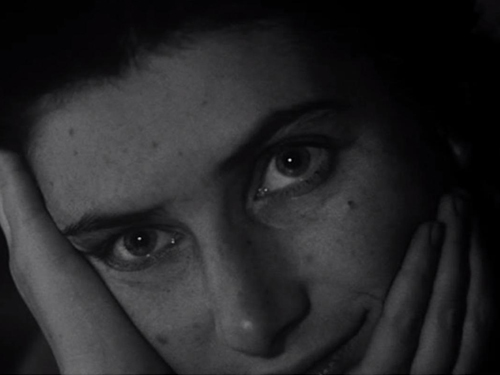
Eric de Kuyper over Chantal Akerman
Annie van den Oever, Eric de Kuyper, 2015
CONVERSATION
15.04.2016
NL
[Dit] gesprek herbekijkt enkele thema’s uit het werk van Akerman vanuit hun vriendschapsband: haar vroege debuut op achttienjarige leeftijd, haar plotse bekendheid op haar vijfentwintigste, haar buitengewone schrijftalent, haar luchtigheid, haar minimalisme, haar sterke stem, haar gebruik van temps mort oftewel dode tijd, haar interesse voor Proust, haar feminisme, haar judaïsme.